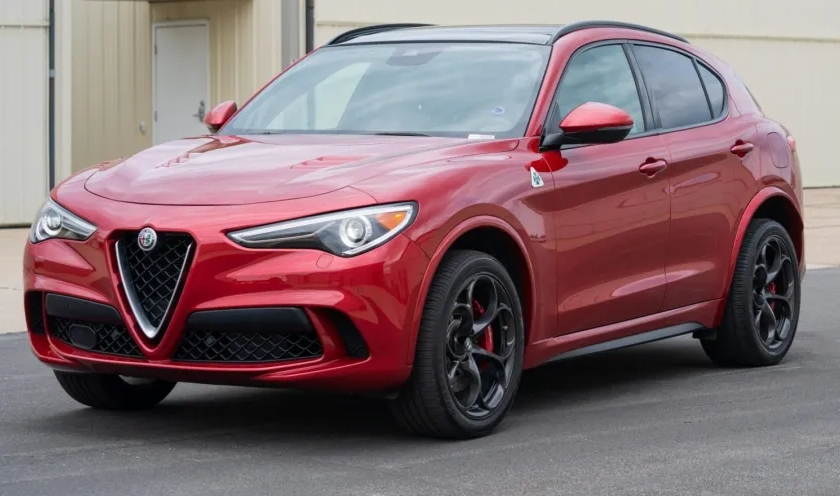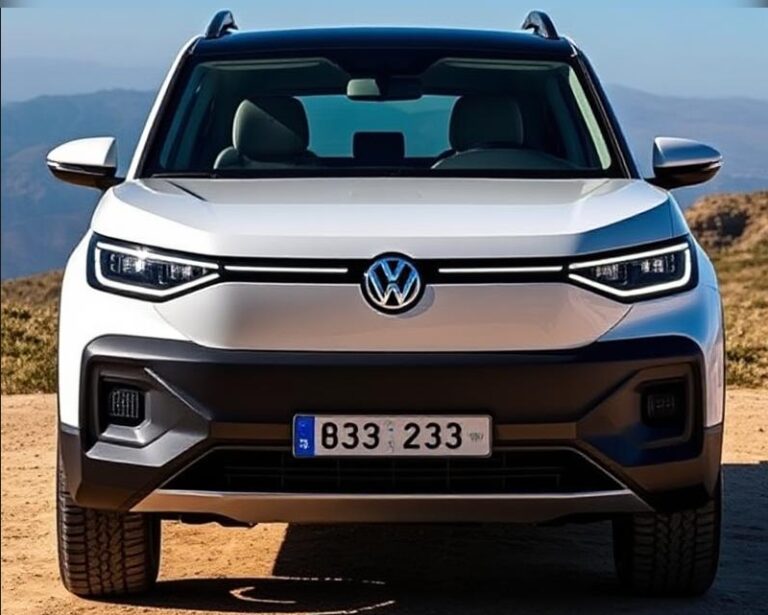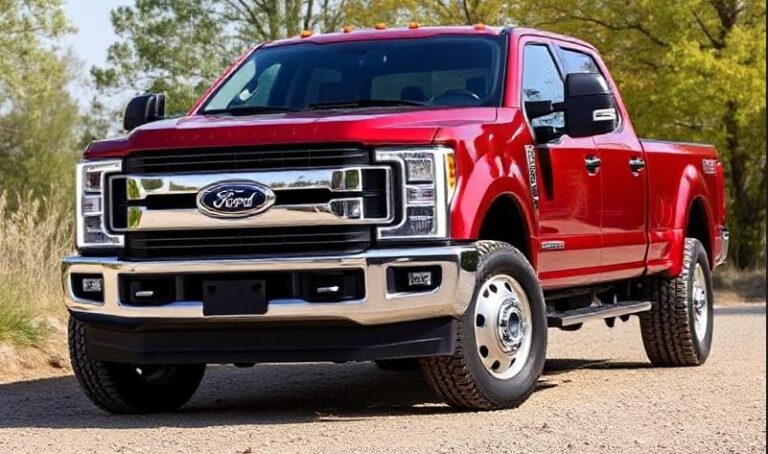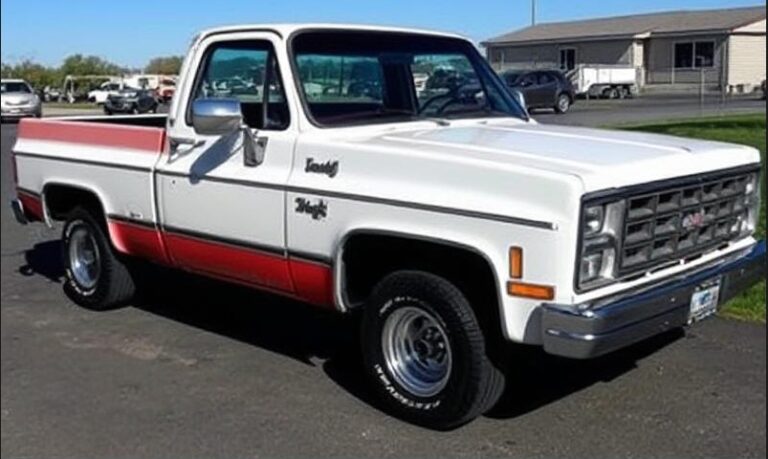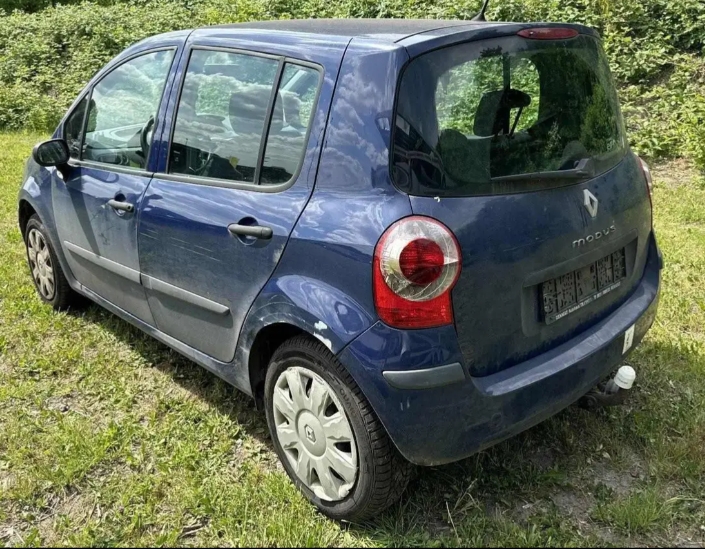The Evolution of the Alfa Romeo Stelvio
The Alfa Romeo Stelvio stands as a significant model in the Italian automaker’s lineup, embodying the brand’s rich heritage of sporty design, performance, and Italian craftsmanship. Since its debut, the Stelvio has evolved through various generations, trim levels, and updates, reflecting shifts in automotive technology, market demands, and Alfa Romeo’s strategic direction. This article provides a detailed, factual overview of the Stelvio’s evolution, including production years, models, and trim levels offered throughout its lifespan.
Introduction: The Birth of the Alfa Romeo Stelvio
Launched in 2016 as a 2017 model year, the Alfa Romeo Stelvio marked Alfa Romeo’s first foray into the competitive luxury midsize SUV segment. Named after the Stelvio Pass in Italy—a legendary mountain pass known for its challenging, winding roads—the vehicle was designed to combine sporty handling, Italian style, and practicality.
The Stelvio was built on the Giorgio platform, shared with the Giulia sedan, emphasizing dynamic handling and performance. Its introduction was part of Alfa Romeo’s broader strategy to revitalize its lineup and appeal to a global audience seeking a premium, sporty SUV.
Production Timeline and Generations
| Year Range | Generation | Notes |
|---|---|---|
| 2017–Present | First and Only Generation | Ongoing updates and facelifts |
As of 2023, the Stelvio remains in its first generation, with continuous model updates and facelifts. Unlike some vehicles that undergo multiple generations, the Stelvio’s design and engineering have remained consistent, with incremental improvements.
Initial Launch and Early Models (2017–2018)
Introduction (2017 Model Year):
The Stelvio officially debuted in 2016 at the Los Angeles Auto Show, with sales commencing in 2017. It was offered initially in three trim levels:
- Stelvio Base: The entry-level model, equipped with a 2.0-liter turbocharged four-cylinder engine producing around 280 horsepower, rear-wheel drive (RWD) as standard, with all-wheel drive (Q4) available.
- Stelvio Ti: The mid-tier trim, adding luxury features like leather upholstery, upgraded wheels, and advanced driver assistance systems.
- Stelvio Quadrifoglio: The high-performance flagship, powered by a 2.9-liter twin-turbo V6 engine borrowed from Ferrari, producing 505 horsepower, with sport-tuned suspension, AWD, and performance-oriented features.
Key Features at Launch:
All trims in the initial phase featured an 8.8-inch touchscreen infotainment system, leather seats, dual-zone climate control, and a suite of safety features. The Quadrifoglio notably introduced carbon fiber accents, sport seats, and high-performance brakes.
Mid-Cycle Update and Expanded Offerings (2019–2020)
Facelift and Feature Enhancements (2019):
For the 2019 model year, Alfa Romeo introduced a mid-cycle refresh to the Stelvio. Key updates included:
- Slight exterior styling tweaks, including revised grille and headlights.
- An upgraded infotainment system with a larger 8.8-inch screen and Apple CarPlay/Android Auto compatibility.
- Introduction of new driver assistance features such as adaptive cruise control, lane departure warning, and blind-spot monitoring.
- Interior improvements with higher-quality materials and new trim options.
Additional Trims and Packages:
- Stelvio Sprint: Replaced the base trim, emphasizing sporty styling and performance, with features like 19-inch wheels, sport seats, and unique interior trim.
- Stelvio Ti Lusso: An upscale version of the Ti, with additional luxury features, premium interior materials, and advanced technology options.
- Stelvio Quadrifoglio: Remained the range-topping model, with performance enhancements such as adaptive suspension, carbon fiber trim, and optional carbon-ceramic brakes.
Engine and Powertrain Options:
While the 2.0-liter turbocharged four-cylinder remained standard across trims, some markets and models saw the addition of a 2.2-liter diesel engine, offering an alternative for European buyers. The Quadrifoglio retained the 2.9-liter twin-turbo V6, emphasizing high-performance capabilities.
Marking the 2020–2023 Era: Continued Refinements
Further Updates and Special Editions (2020–2023):
Between 2020 and 2023, Alfa Romeo continued refining the Stelvio, focusing on technology, safety, and performance. Notable developments include:
- Introduction of the Stelvio Veloce (2020): Positioned between the Sprint and Quadrifoglio, the Veloce trim combined sporty styling with a more accessible price point. It featured a 2.0-liter turbo engine producing 280 horsepower, upgraded brakes, and sportier exterior styling cues.
- Performance and Handling Improvements: The Quadrifoglio received software updates to enhance engine responsiveness and handling dynamics.
- Interior Upgrades: Inclusion of new driver assistance systems, upgraded infotainment options with a larger touchscreen and premium audio systems.
- Limited Editions and Packages: Alfa Romeo occasionally released special editions, such as the “Estrema” package (available in some markets), which added unique styling elements, exclusive wheel designs, and interior trim.
Global Market Variations:
While the North American market primarily received gasoline-powered models, European and other markets saw continued availability of diesel variants and different trim configurations, reflecting regional preferences and emissions regulations.
Notable Features and Trim Levels Over the Years
| Year | Trim Levels | Engine Options | Key Features |
|---|---|---|---|
| 2017 | Base, Ti, Quadrifoglio | 2.0L Turbo I4, 2.9L Twin-Turbo V6 (QF) | Standard luxury and performance features, Q4 AWD on most models |
| 2018 | Same as 2017 | Same | Slight interior and tech upgrades |
| 2019 | Sprint, Ti Lusso, Quadrifoglio | Same, plus diesel options in Europe | Styling updates, tech enhancements |
| 2020 | Veloce, Estrema (special), Quadrifoglio | Same | Additional performance packages, special editions |
| 2021–2023 | Continued offerings with incremental updates | Same | Tech and safety improvements, interior refinements |
Special and Performance Models
Alfa Romeo Stelvio Quadrifoglio:
The flagship performance model, introduced at launch, continued to represent the pinnacle of the Stelvio range. Its 2.9-liter twin-turbo V6 engine produced 505 horsepower, enabling a 0-60 mph time of around 3.8 seconds. The Quadrifoglio featured adaptive suspension, Brembo brakes, and a sophisticated all-wheel-drive system, emphasizing sporty handling and high-speed stability.
Limited Editions and Variants:
Occasionally, Alfa Romeo released special edition models, such as the “Quadrifoglio NRING”—a version celebrating the Nürburgring Nordschleife, with unique styling cues, performance enhancements, and exclusive badging.
.
RepairSurge Online Repair Manuals Replace Bulky Books With Reliable Digital Information!
Faster And Cheaper Than Traditional Printed Manuals, Users Get Instant Access To The Repair Information They Need For Any Car, Truck, Van or SUV:
.
The Future of the Stelvio
As of 2023, Alfa Romeo announced plans to electrify its lineup, including the Stelvio. The upcoming models are expected to feature hybrid and electric powertrains, aligning with industry trends toward sustainability and emissions reduction. The next-generation Stelvio will likely retain its sporty DNA while incorporating advanced electrification technology.
Conclusion
The Alfa Romeo Stelvio has steadily evolved since its debut in 2017, maintaining its core identity as a sporty, stylish, and performance-oriented luxury SUV. Through incremental updates, new trim levels, and technological enhancements, the Stelvio has adapted to market demands while staying true to Alfa Romeo’s passionate automotive heritage. Its range of models—from the agile Veloce to the formidable Quadrifoglio—offers a diverse portfolio that continues to appeal to enthusiasts seeking a blend of performance, luxury, and Italian design.
As it moves into its next chapter, the Stelvio’s evolution will undoubtedly include electrification and further refinement, ensuring its place as a distinctive player in the competitive luxury SUV segment.
